It was July, and the pressure was building. Not from finals, or packing, or the classic back-to-school dread. No—it was the tech decision that always finds its way into my life right before a new semester: what am I bringing with me to campus this time?
I had a budget. I had expectations. I had the dream of a machine that could handle schoolwork by day and high-frame-rate gaming by night.
Naturally, my first instinct was to shop for a gaming laptop. But when I started researching, one very different kind of device kept popping up—the ASUS ROG Ally, now selling for just \$499 at Best Buy.
At first, I brushed it off. A handheld console? For college? Come on. But the more I read, the more intrigued I got. And then I bought it. That decision changed the way I study, game, travel, and think about what a “personal computer” even is.
The Reality of Gaming in College
Before we dive into the specs, let me paint a real picture of what it’s like to be a gamer in college.
Dorm rooms are small. Power outlets are limited. Outlets in lecture halls are worse. Your roommate is constantly Zoom-calling his aunt back in Guatemala, and the library kicks you out at midnight. A heavy, humming, 16-inch laptop with a power brick the size of a subway sandwich? You use it less than you think. It ends up under your bed half the time, overheating your legs when you do use it.
Gaming in college isn’t just about power—it’s about context. It’s about being able to play something meaningful during a 30-minute break or pulling off a group co-op session in a shared lounge with nothing but a backpack. It’s about mobility. Flexibility.
The First Time I Held the ROG Ally
I picked up the ROG Ally Z1 Extreme Edition at Best Buy on a hot afternoon in Boston. Discounted from \$649 to \$499, it felt like a steal. It comes with a 7-inch 1080p 120Hz touch display, a surprisingly premium feel, and the AMD Ryzen Z1 Extreme APU, which is absolutely no joke in the performance department.
Unboxing it felt somewhere between opening a new Nintendo Switch and setting up a new laptop. There’s an elegance to its build quality—white chassis, responsive joysticks, satisfying buttons, and vents that actually scream “power” instead of “toy.”
I downloaded Xbox Game Pass (free for 3 months with the purchase), booted up “Forza Horizon 5,” and within five minutes I had forgotten I was even holding a handheld. It was that smooth. 1080p, ultra settings (FSR on), running at 60+ fps.
I knew instantly: this wasn’t just a gaming handheld—it was a laptop alternative.
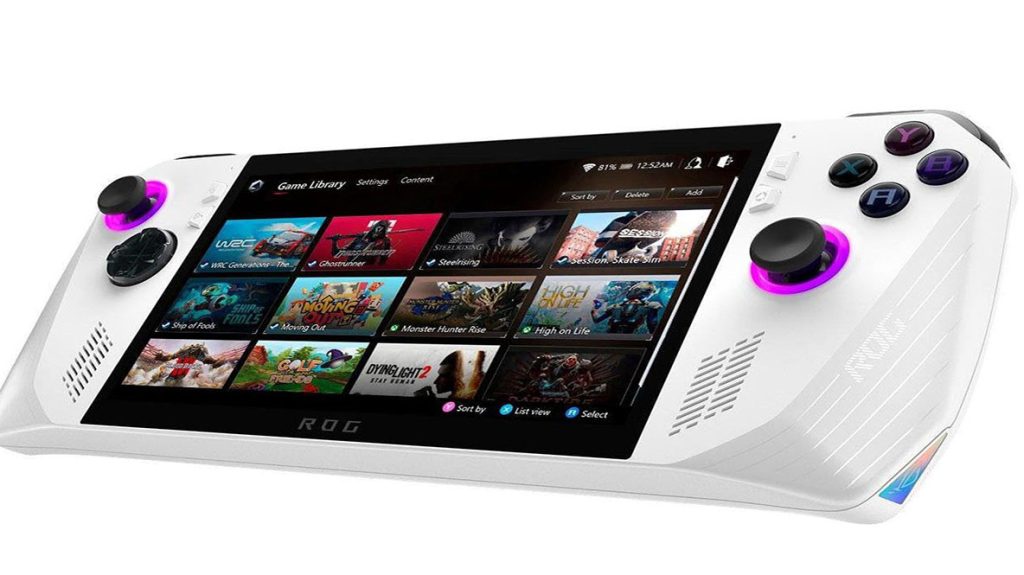
Performance, Portability, and Everyday Use
Here’s what shocked me the most: the Ally is smaller than most textbooks but performs better than many full-sized laptops under \$1000.
Its 120Hz screen is bright, fast, and incredibly crisp. Whether I’m playing “Hi-Fi Rush” or just watching Netflix in bed, it never feels like I’m compromising on display quality.
In my backpack, it takes up no more room than a hardcover. I toss it in with a small charger and USB-C dock, and I’ve got a full Windows PC, complete with Steam, EA App, Battle.net, and even Chrome for essays.
Yes, Windows 11 is fully supported. It’s the full version. That means I can run Microsoft Office, use Google Docs, log into Zoom meetings, or do light editing on DaVinci Resolve.
I started bringing it to campus for more than just gaming. When I didn’t want to haul my MacBook, I’d plug in a Bluetooth keyboard and write an entire paper from the ROG Ally. Not ideal, but it worked.
Accessory Ecosystem
To unlock the Ally’s full potential, I picked up a few accessories that made a huge difference.
- Anker USB-C Hub (Amazon): For docking to an external monitor and peripherals.
- SanDisk Extreme microSD 1TB (Best Buy): Seamless expansion for my ever-growing library of Game Pass titles.
- 8BitDo Ultimate Controller (Amazon): Great for when I want the feel of an Xbox-style controller.
- Tomtoc Hard Shell Case (Amazon): Keeps it safe in my bag, with room for the charger and cables.
Altogether, maybe \$150 in accessories—far less than the \$400+ premium I would’ve paid for a gaming laptop.
What It’s Like to Game on the Go
This is where the Ally blows gaming laptops out of the water.
I’m no longer tethered to my desk. I’ve gamed on trains, in airport terminals, at park benches, and on my friend’s couch. I even played “Hollow Knight” in the laundromat once.
The battery lasts around 2–3 hours for heavier games, longer for indie titles or when streaming via Xbox Cloud Gaming. Charging is fast with USB-C PD, and the included 65W charger is compact.
I bring it everywhere. That’s not something I could say about my old MSI laptop.
Real Games That Run Well
Here are games I’ve personally played and loved on the Ally:
- Hades II – silky smooth, perfect for short play sessions
- Cyberpunk 2077 – surprisingly playable with FSR and medium settings
- Persona 5 Royal – visually stunning, runs flawlessly
- Hi-Fi Rush – that 120Hz screen really shines here
- GameCube/PS2 Emulation – “Metroid Prime,” “Persona 3 FES,” “Ratchet & Clank,” all playable via Dolphin and PCSX2
It’s wild seeing these games run this well on something I can throw into a messenger bag.
Not Just for Gaming
I use the Ally for light photo editing, YouTube binging, file management, and sometimes even remote access to my desktop back home via Parsec.
It’s not replacing a high-end MacBook Pro anytime soon, but it’s doing far more than I ever expected.
And yes, I wrote part of this article on the Ally itself, using Google Docs and a wireless keyboard. No lag, no drama.
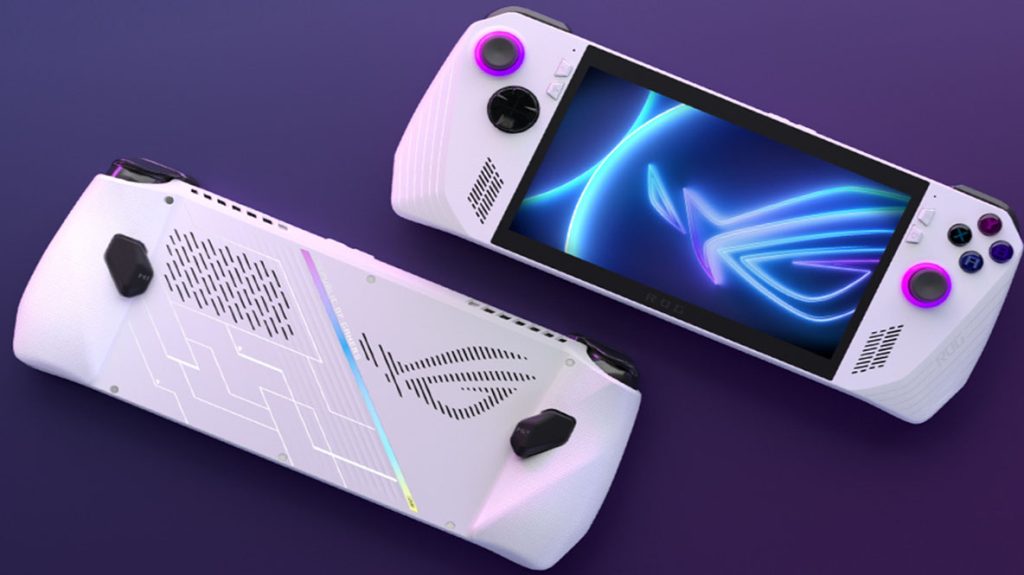
Why It Beats a Gaming Laptop (For Most People)
Let’s talk value. Most gaming laptops under \$1000 make big compromises: poor battery life, subpar displays, loud fans, and cheap keyboards. You’re often paying for raw GPU, not comfort or portability.
The ROG Ally, meanwhile, costs \$499. Add a \$399 productivity laptop or Chromebook for classes and emails, and you’re still under what you’d pay for one “mid-tier” laptop.
And what you get is freedom. Freedom to separate work from play. Freedom to game in a coffee shop, on a train, or from your bunk bed.
Gaming laptops tie you down. The Ally sets you free.
Where to Buy It in the U.S.
Some of the best U.S.-based retailers for the Ally and similar electronics:
- Best Buy: Always runs solid discounts and bundles, especially for back-to-school.
- Amazon: Great for accessories and fast shipping.
- B\&H Photo Video: Surprisingly good tech deals, especially during holidays.
- Newegg: Known for PC hardware, but also stocks handhelds and components.
- Micro Center: If you’re lucky enough to live near one, go in person for killer in-store promos.
What the Future Looks Like
The Ally isn’t just a gimmick. It’s a signpost. It shows where computing is headed—toward modularity, flexibility, and user-defined ecosystems.
Pair it with a wearable like an Apple Watch, sync it with your earbuds, plug it into a projector, use it with your cloud saves—it becomes more than a device. It becomes a lifestyle tool.
Not only do I game more often now, but I game in new ways. Smarter. Lighter. On my terms.
And every time I slide it out of my bag and boot up “Forza” at 60fps in a lecture hall between classes, I’m reminded why I made the choice.
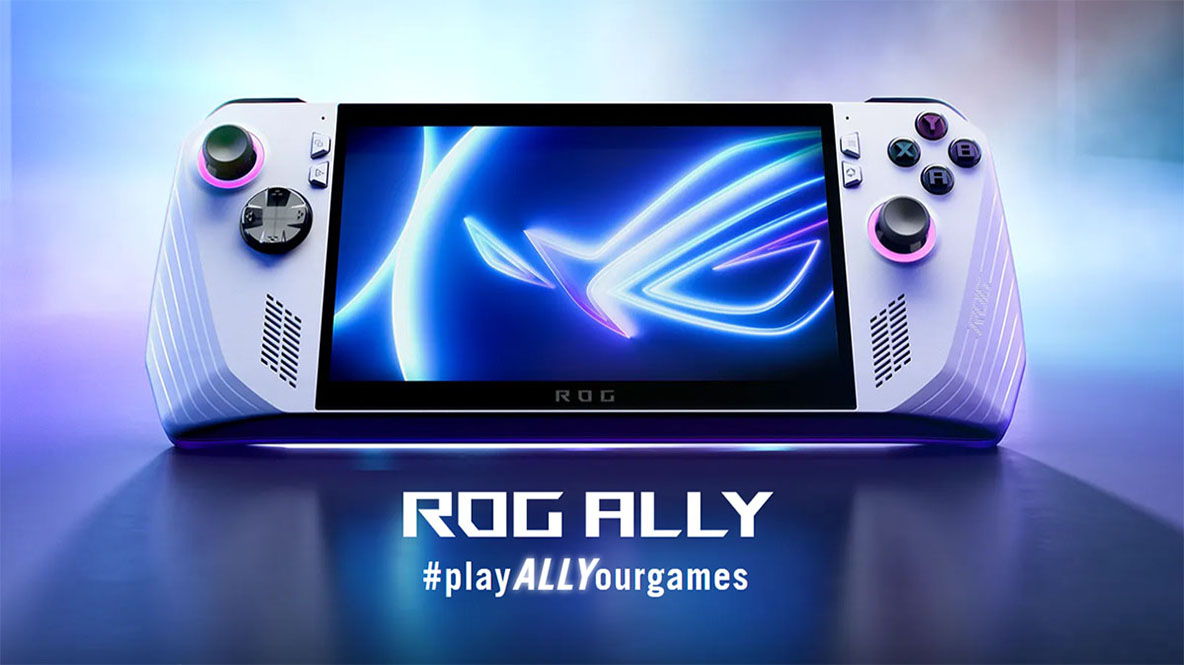
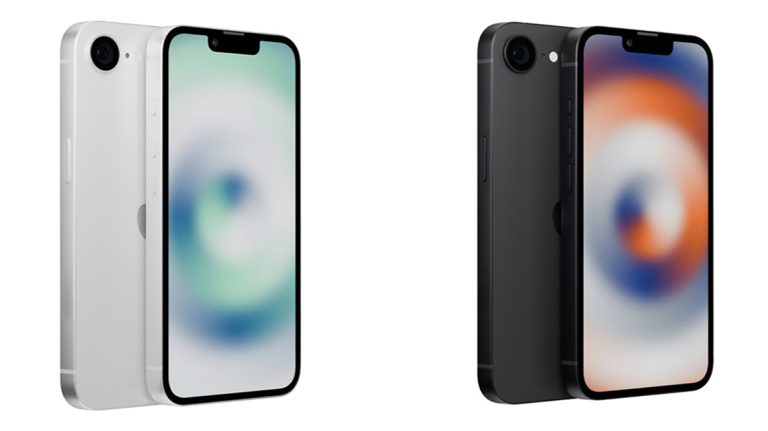
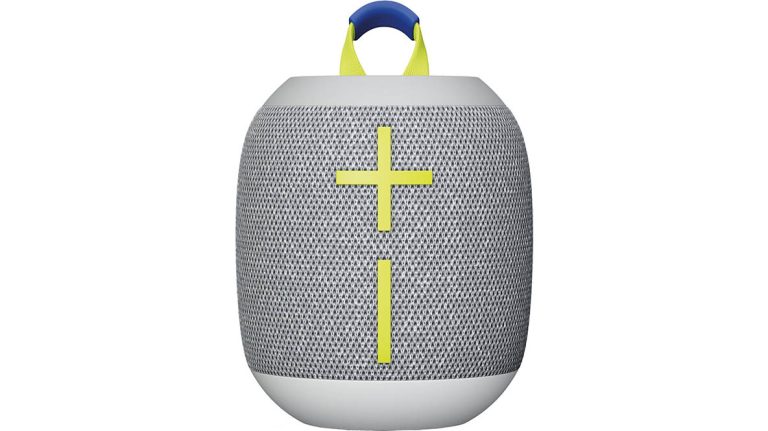
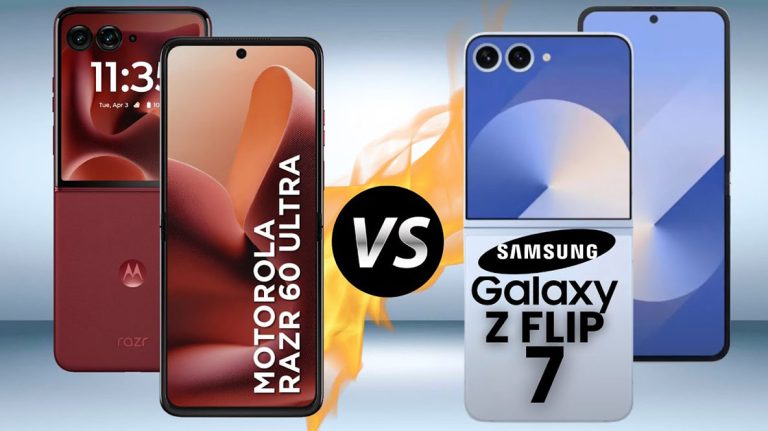
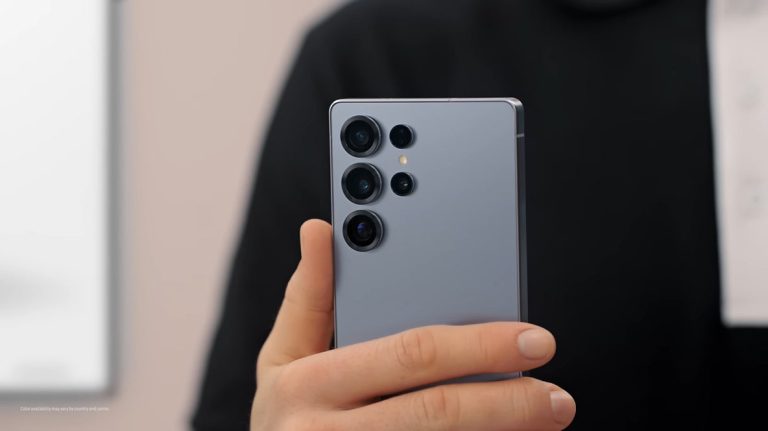
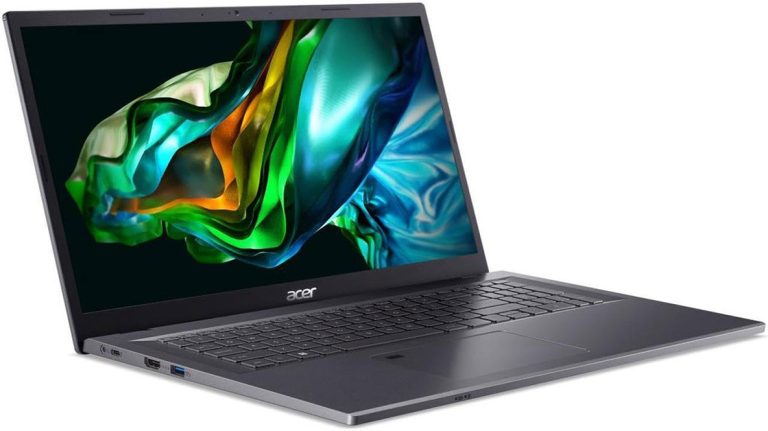

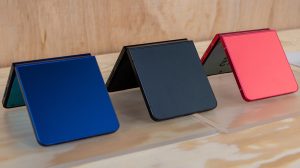
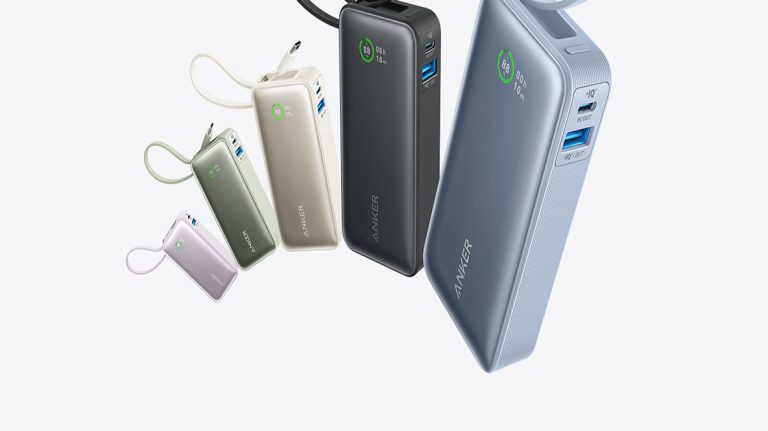

+ There are no comments
Add yours